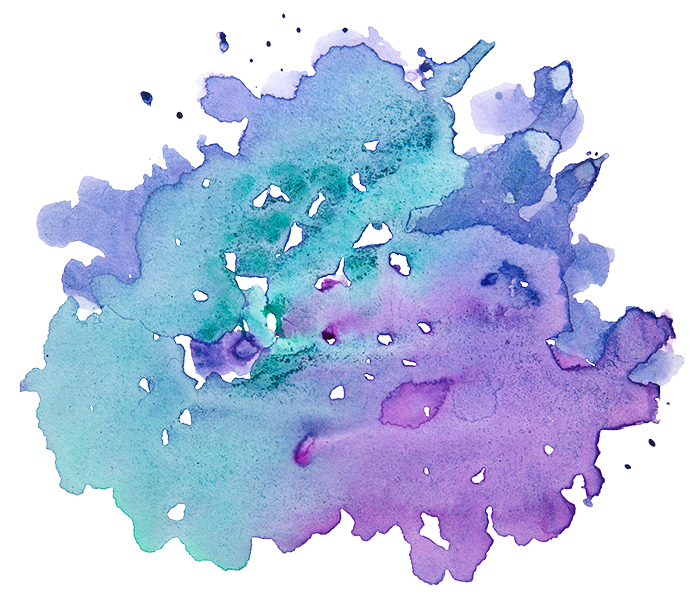by Lisa Berman, Education Center Director

Makom kadosh. Holy space. It is what we try to create here at Mayyim Hayyim. We refer to the process as “intentional design” – the highly focused, carefully thought out selection of everything physical at Mayyim Hayyim. In our “Principles of Common Purpose,” we describe our principle of hiddur mitzvah — “the rabbinic admonition to beautify religious life is central to our vision. From towels to tiles to roof lines, Mayyim Hayyim is a place that gladdens the eye as well as the spirit.” And so you will find curving paths through gardens, cushy sofas, soaring ceilings drawing your eye up to the sky, tiles that warm your toes, and our favorite – door handles that look like little waves of water.

Signs of intentionality include taking care with signage and printed materials to always translate (and transliterate, too) any Hebrew we use. You don’t have to know Hebrew to feel comfortable here. We have a chest of children’s books to entertain our younger guests, and a changing table, diapers and wipes for them as well, to make anxious parents feel more at home. Multiple doors between the changing rooms, mikveh, and public space allow guests to move privately from the preparation rooms to the mikveh without parading around in robes or sheets. Windows placed up high allow for sunlight, moonlight, and views of the sky and treetops from the mikvaot without sacrificing a shred of privacy. A full range of toiletries and linens in each preparation room says to our guests, “welcome; we were expecting you.” Computers face away from guests to maintain confidentiality. Mikvaot are sculpted with curving steps and rounded sides to guide you into the water gently, as if into a tiny, private pond.
You might think that the benefits of the intentional design of Mayyim Hayyim are solely for those who come to immerse. But it turns out that it is also a teaching opportunity. In the past year, several groups of professionals have come to learn what it means to imagine — even to create holy space — makom kadosh — and at a mikveh of all places! Early childhood educators, future Jewish day school teachers, congregational religious school teams – all have come and examined our spaces with clipboards in hand, peering into corners, cabinets, skylights and literature to evaluate how our physical space encourages those who visit to let down their guard and let in the experience.
Click here to read “Creating Sacred Spaces in Our Schools” to hear about one group of students’ encounter with Mayyim Hayyim’s makom kadosh. Thanks to Noreen Leibson at Brandeis University’s DeLeT program for the partnership.
Lisa Berman, Mayyim Hayyim’s Education Center Director, has been involved with Mayyim Hayyim since its opening in May 2004. Lisa trained as a Volunteer Mikveh Guide and then served as the liaison to area congregational religious schools and adult study groups. Since 2006, Lisa has directed the Paula Brody & Family Education Center, where she develops curricula for all ages and interest levels; she also organizes and oversees more than 110 programs annually.

